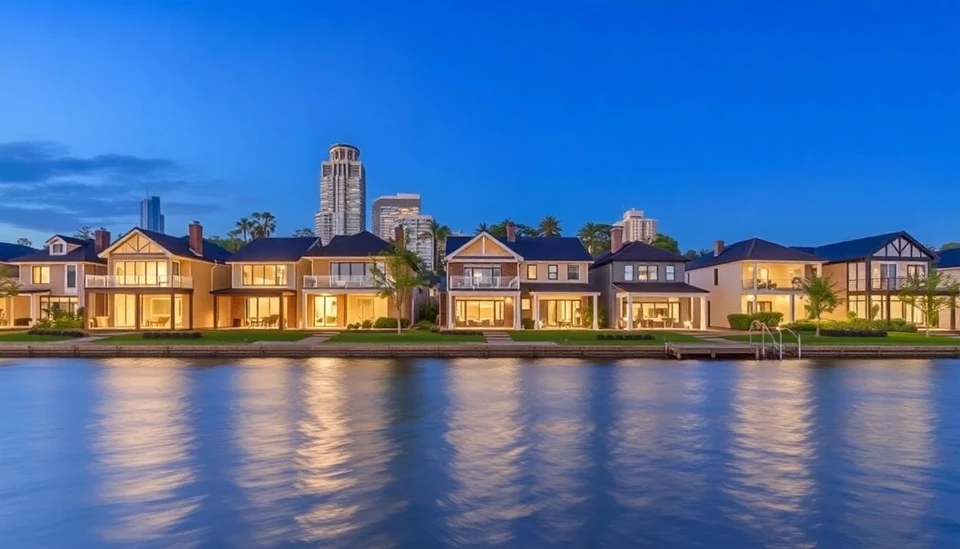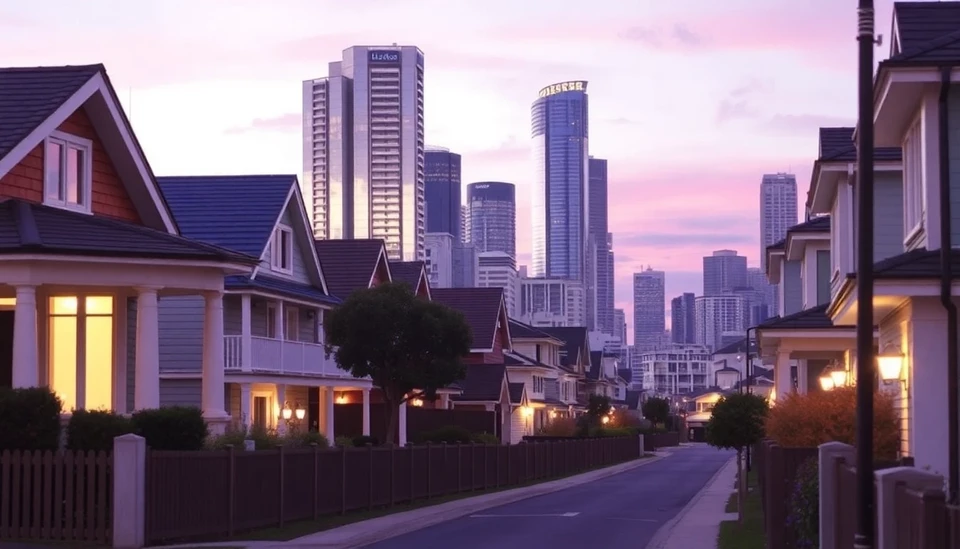
In a drastic illustration of the challenges posed by gentrification, Sydney’s historic boarding homes are increasingly under threat as the demand for high-end housing options escalates. This situation has emerged against a backdrop of soaring property prices and a booming luxury housing market, leading to a growing concern about the displacement of vulnerable populations.
As defined by the New South Wales government, boarding houses cater primarily to low-income individuals and provide affordable accommodation in areas that are usually unaffordable for the average renter. However, the surge in luxury apartment developments is transforming the urban landscape in Sydney, causing many of these essential housing facilities to close or be repurposed for more lucrative ventures.
The displacement issue has been highlighted as city planners and local communities voice their fears about losing these boarding houses, which are essential for those who rely on them for stable, affordable living conditions. With luxury apartments often fetching premium prices, developers are keen to invest in these spaces, lured by the promise of significant returns. This shifting focus away from community needs towards profit-driven motives raises ethical questions regarding the future of Sydney’s housing landscape.
In recent years, Sydney has experienced one of the most significant property value increases, driven mainly by demand outpacing supply. Local authorities struggle to balance the desires of developers with the needs of the community. Advocates for affordable housing are calling for stronger regulations to protect these boarding homes from being replaced or converted into luxury accommodations. They argue that without protective measures, vital resources for the city's vulnerable populations will continue to dwindle.
Residents and policymakers have begun to take action; some have rallied for a more robust framework for preserving boarding homes, focusing on maintaining the social fabric within these neighborhoods. This involves incentives for developers to contribute to the affordable housing sector rather than simply driving more luxury projects that further marginalize low-income residents.
The situation remains a contentious issue as Sydney grapples with its identity as a diverse city and as a rapidly growing metropolis. Without proactive strategies to balance development with social responsibility, there is a real risk of eradicating the affordable housing options that many residents depend on.
Ultimately, the fate of Sydney’s boarding homes lies at a crucial crossroads. As citizens advocate for a more equitable urban environment, it is vital to keep the conversation alive and prioritize the needs of those who have long called this city home amidst the relentless march of luxury development.
#SydneyHousing #Gentrification #AffordableHousing #LuxuryRealEstate #CommunityMatters
Author: Daniel Foster

